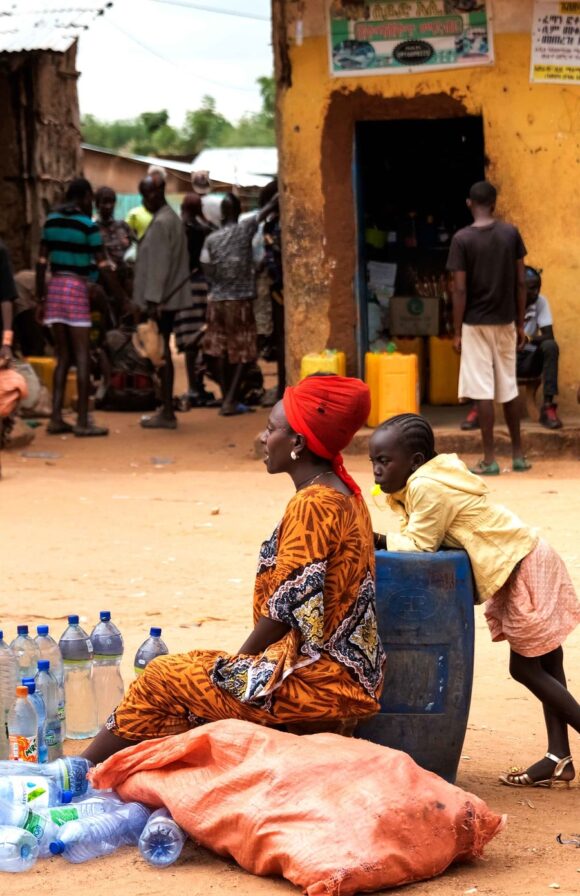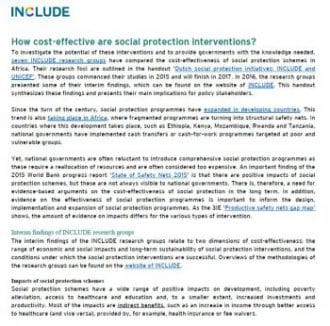
This two-pager sheds light on providing cash directly to people by governments and other actors as part of either emergency responses or general social protection measures. Cash transfers are increasingly preferred over in-kind transfers in response to shocks and crises, due to flexibility, logistics and transparency. In the field of general social protection, negative assumptions associated with cash transfers that include spending cash on gambling, alcohol or other ‘temptation goods’ have been thoroughly debunked by a body of research. Common positive assumptions, including gender empowerment, health and nutrition, increase in productivity and entrepreneurship have been confirmed in the short term – depending on design and implementation features. Market effects and long-term impacts of cash transfer programs are still debated. Although social protection policy had been on the agenda of many governments, in the wake of the COVID-19 pandemic cash transfers have been rapidly introduced and/or scaled up as measures preventing immediate destitution or lifelines out of poverty. This begs the questions: how do they work, and (how) will they last?


